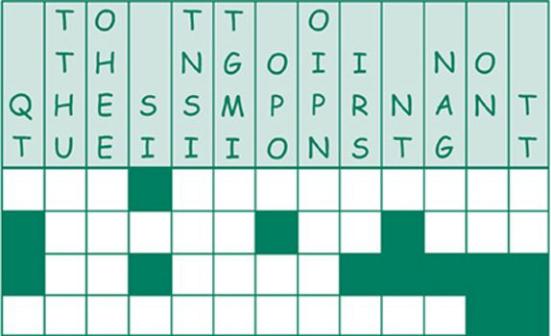
INTRODUCTION
What does it take to be a great scientist? Think of the most famous scientists you know — Isaac Newton, Louis Pasteur, Albert Einstein, Thomas Edison, Pierre and Marie Curie, Stephen Hawking, and so on. What do all these people have in common? Well, for one thing, they — re all very smart. In some cases they even taught themselves most of what they knew about their particular subject. In fact, Sir Isaac Newton had to invent a new branch of mathematics (calculus) just to solve the problems he was trying to do in physics. There is something else they all had in common that set them apart from the other smart people of their time — their ability to ask questions.
Just having a good brain isn’t always enough. To be a great scientist, you need to be able to look at a problem that hundreds, maybe even thousands, of people have already looked at and been unable to solve, and ask the question in a new way. Then you take that question and come up with a new way to answer it. That is what made Newton and the others so famous. They coupled intelligence with a curiosity that said, “I want to know the answer to this.” After coming up with the right questions, they discovered ways of answering those questions and ultimately became famous for their discoveries.

Cool Quotes
The important thing is not to stop questioning.
— Albert Einstein
Could you be the next Thomas Edison and invent something the world has waited for, or the next Isaac Newton and answer a question no one has been able to answer? Absolutely! To do it requires something all kids have naturally and many grownups wish they still had — curiosity.
This book will help you to tap into that curiosity by introducing you to five major areas of science — Biology, Chemistry, Physics, the Earth and Sky, and the Human Body. You will be presented with several questions that will help you to begin thinking like a scientist. Perhaps you’ve asked some of these questions before; for example, why is the sky blue? Some of them will probably be new to you.
Since asking the right question is only the first step toward being a great scientist, this book will also guide you in completing the second step: the experiment. Following each question there will be an experiment that will help you discover for yourself some of the mystery and magic of science. There are three different types of experiments offered in this book — simple activities you can do quickly, larger and more complex experiments, and science fair projects.
THE SCIENTIFIC METHOD
First, let’s take a look at the starting point for all scientific experiments: the
Scientific Method. It was made famous by an Italian man named Galileo in the sixteenth century. It is simple and will help you ask and answer many of the questions you have about science. There are five parts to the Scientific Method:
1.Observe some activity in the world around you.
2.Make up a possible explanation for that activity, called a hypothesis.
3.Use your hypothesis to make predictions about the activity.
4.Test those predictions.
5.Come to a conclusion about your hypothesis and its ability to predict the activity.

Why did the young scientist bring art supplies to science class? She wanted to draw some conclusions!
Scientists have used this method for hundreds of years to understand their world. Now it’s your turn!
The fun of this book lies in the fact that you can start reading just about anywhere and follow the idea as far as you like. And if this book doesn’t take the idea as far as you would like to go, use your imagination and keep exploring the idea. You are invited to join this exciting journey into the world of experimental science. Welcome aboard — let’s begin the journey!
Quote Fall
Can you figure out where to put each of the scrambled letters? They all fit in spaces under their own column. When you correctly fill in the grid, you will have a quote from the brilliant scientist Albert Einstein. His theories and experiments led to an entirely new way of thinking about time, space, matter, energy, and gravity!
(All puzzle answers are located at the end of the book.)
